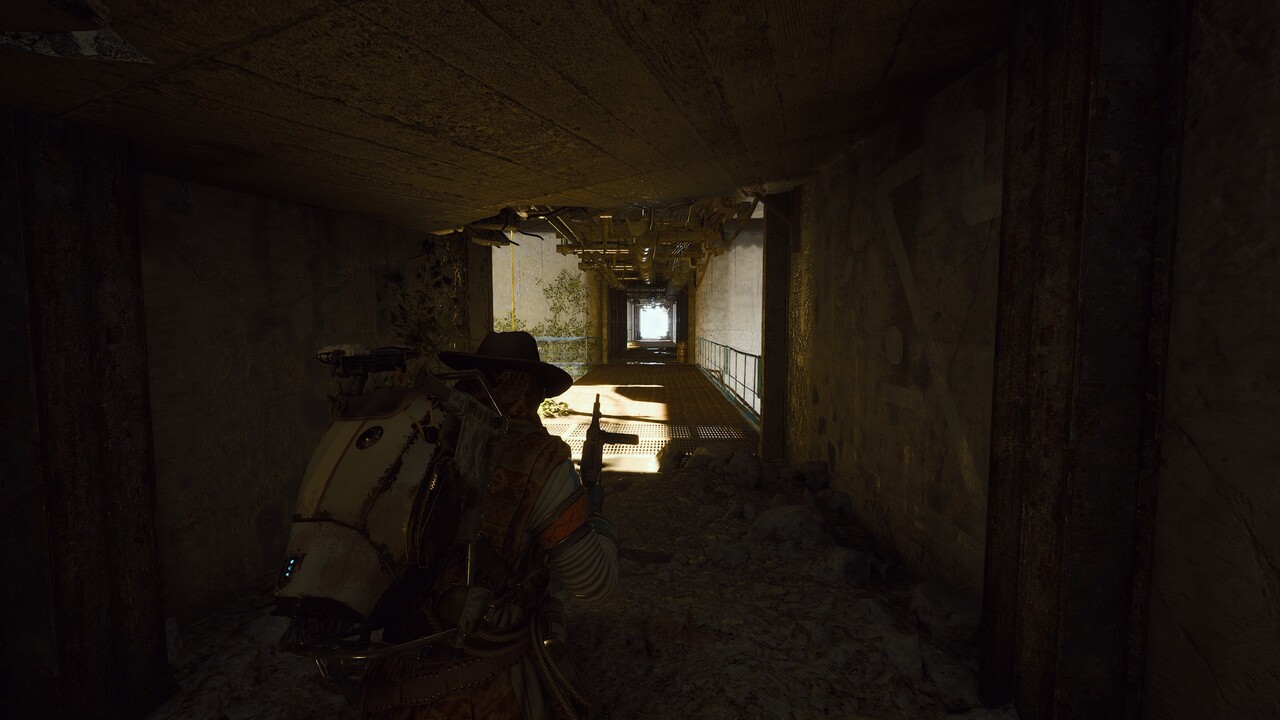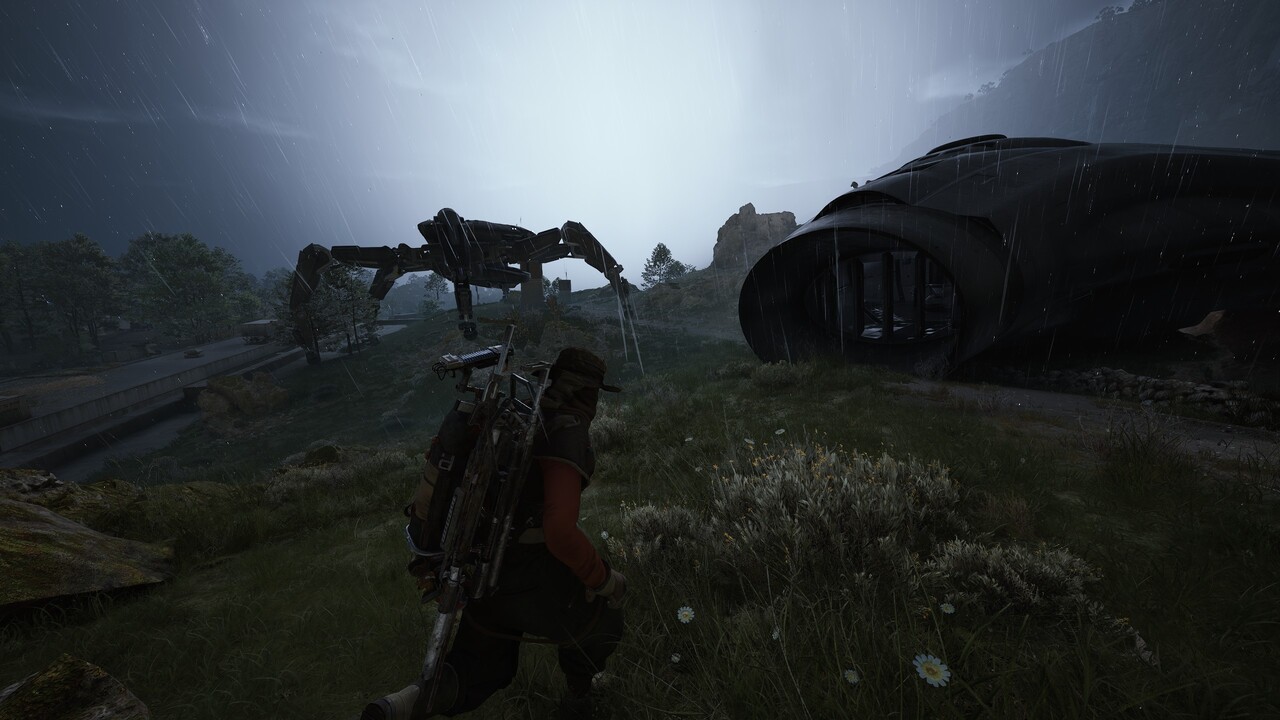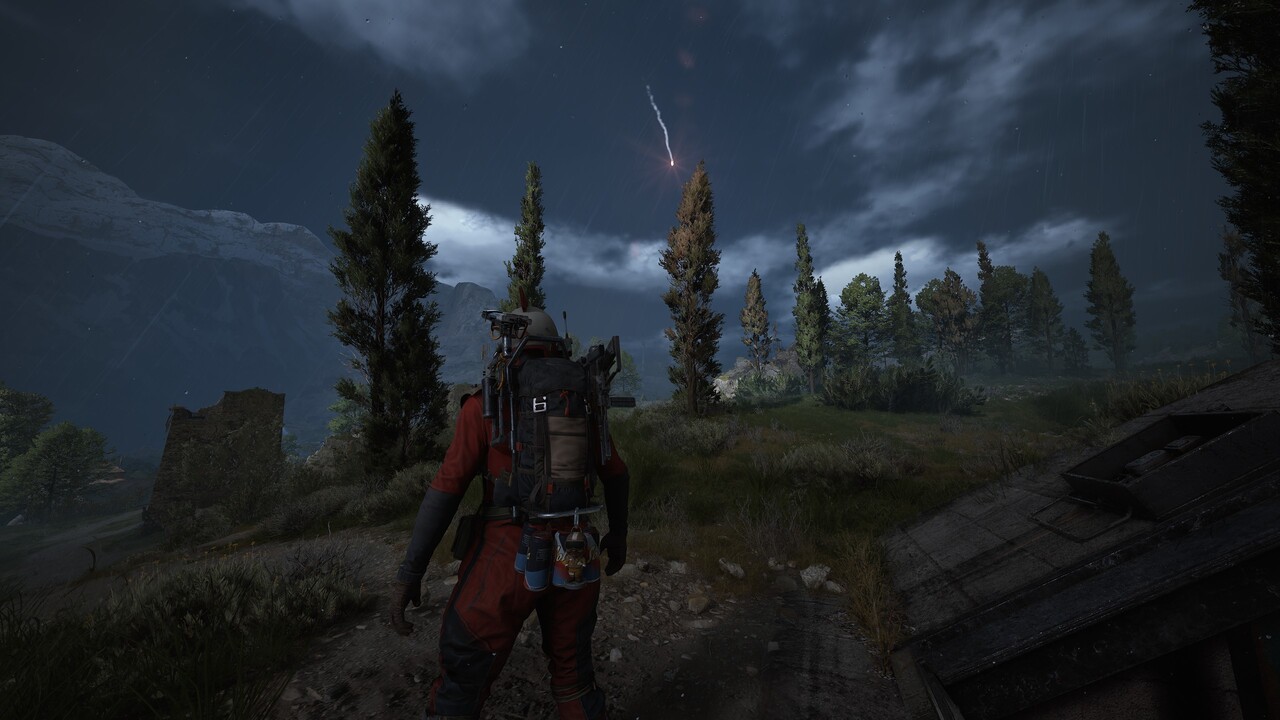
Artificial intelligence is everywhere today, powering everything from sales and infrastructure to new devices and video games. Businesses are increasingly turning to AI to reduce costs, save time, and boost efficiency – all crucial in a world demanding instant results.
Are we right to fear AI, or is that fear misplaced? Will it stifle human creativity, replacing it with automated processes? Or is AI simply the next phase of human development – not a natural one, but one we’re actively creating ourselves?
Determining exactly where something falls on this complex spectrum is a difficult discussion, and one I can’t fully address in a single article. My goal here is to start a conversation – a starting point for ongoing discussion and further exploration of these ideas.
I welcome constructive criticism and thoughtful discussion about AI and its impact on us. I’d really like people to move beyond simply labeling AI as ‘good’ or ‘bad’ without explaining their reasoning. To start a meaningful conversation, let’s look at a current example that’s sparked a lot of interest: the game ARC Raiders, which is very popular right now.
What makes generative AI so bad?

As many of you likely know, artificial intelligence is now capable of creating art, but the results are often low quality – some people, including myself, would even call it messy. This technology learns by analyzing existing artwork and using those patterns to generate new images. Essentially, it remixes existing work, so while it appears to be creating something ‘new,’ it’s really just reinterpreting what it’s been trained on.
For video games, this means developers can add many features—like textures, animations, voiceovers, and code—without needing to hire more staff or rush development.
It seems pretty straightforward, but as with most things, there’s more to it than meets the eye.
ARC Raiders and its use of AI

According to the Steam page for ARC Raiders, Embark Studios uses artificial intelligence tools when developing both ARC Raiders and The Finals.
We sometimes use tools, including those powered by AI, to help us create content. However, the final result always showcases the unique ideas and style of our team.
Recently, Embark has discussed its use of AI in several interviews. Notably, CEO Patrick Soderlund appeared on The Game Business show with Christopher Dring to explain their detailed approach to using AI tools.
I heard Patrick mention that to compete with studios like DICE and Activision, they were considering a complete overhaul of their game development process. It sounded like they were thinking about starting from scratch with how they make games.

We need to fundamentally rethink our approach, and that led us to explore automatically generated content. We’re looking at using AI and machine learning to help with content creation, and considering what new tools we need. It’s also become clear that many of the tools we currently rely on are based on software that’s quite old – 25 to 30 years old, in some cases.
It wasn’t enough to simply keep up with the competition; success meant surpassing others in creating content. Just maintaining the current level wasn’t enough – to truly thrive amongst leading game developers, you needed to be innovative and stand out.
We might need to create our own tools and software to achieve our goals. While I wouldn’t claim we’re drastically faster than other studios – that would be presumptuous – I believe we’ve developed a unique system for building and updating games and products that gives us a significant competitive advantage.
What does Embark Studios use for The Finals, and is it justified?

Here’s a list of things Embark Studios uses AI for in ARC Raiders:
- Procedural Animation: They created a system to animate the robots in the game to better interact with the world around them as they move. You’ll see this more creatively on enemies such as a Leaper or Queen.
- Text-to-Speech (TTS): This model first saw use in The Finals, where the game’s narrator uses the method. It’s a text-to-speech program that yields dialogue for the ping system, giving all items, areas, and dangers in the area a vocal callout. This work isn’t “stolen” by any means; instead, it uses contracted voice actors that lend their voice to the system, which in turn can be used for any new items or quests that come out.
- Enemy AI: The in-game enemies are programmed using machine learning as well. True AI, as I’ll call it, since the enemies learn as they work to kill other Raiders. Something all developers have worked to create over the years to give compelling combat to players from threats other than other players.
Just one more thing: Embark Studios doesn’t use any AI that creates content. They’ve confirmed this directly and continue to say they won’t in the future.
So, what’s the big issue gamers have with this? Well, it’s the voice acting.

While reviewing ARC Raiders, I didn’t mention the AI because it wasn’t a major concern for me. I noticed some awkward dialogue, but I didn’t realize it might be due to the AI. I based my overall review on how the game actually *plays*.
Gamers are worried about what this could mean for the future. If voice actors are paid a one-time fee and don’t have to record additional lines, could that reduce work opportunities for them and others? The answer isn’t simple.
I don’t currently have the specifics of the contract, but I’ve contacted Embark Studios for more information. If the voice actors are compensated for every line they record – even unused ones – I believe players would be very happy to hear it.
It’s concerning that actors might be accepting AI deals that pay less than their usual work, potentially harming other professionals in the industry. Without seeing the contract, it’s impossible to know the specifics of the arrangement.
Not a replacement, but an augment for creativity

A fellow player in the game explained that Embark is using AI to *help* people be creative, not to take over the creative process entirely. They’ve stated their goal isn’t to replace human input with AI, but to use AI to make creation faster and more effective.
I’ve always been fascinated by how we humans got to where we are today. It’s amazing to think that for most of our history, we were just wandering around finding food! But then we figured out farming, and that changed everything. Suddenly, we had extra time and energy, and that’s when we really started creating things – pottery was one of the first cool results, which is just mind-blowing when you think about it.
As a researcher, I’m concerned about how AI impacts creativity. It seems that by learning from existing work, generative AI could actually reduce the demand for original thought. My worry is that if AI relies solely on its own outputs, divorced from human creativity, it risks becoming a closed loop, lacking the fresh input needed to truly innovate.
Early pottery was made entirely by hand, with people shaping pots using only their hands. Over time, tools like pottery wheels, needles, and molds were invented, allowing for more intricate and creative designs. Essentially, better tools led to more impressive pottery.

While big companies produce far more pottery than individual artists, that doesn’t automatically mean AI-generated art is the same as mass-produced, low-quality work. I recently asked on X (formerly Twitter): how is this different from using procedural generation techniques?
Procedural generation builds landscapes and terrain largely on its own, without needing a person to create every detail. However, a human artist still reviews and adjusts the results to make them look their best.
If AI helps with things like creating voiceovers or other content, but a human still controls the overall process and makes the final decisions, is that necessarily a problem? I’m not sure, but it’s a conversation we need to have.

AI is clearly going to be a part of our lives for a long time, so we need to start discussing how to use it responsibly. Completely banning it isn’t realistic, and a logical look at the situation confirms that. Instead of simply rejecting AI outright, let’s focus on finding practical and ethical ways to integrate it into our world.
As a huge fan of what humans are capable of, I truly believe we’re always striving to improve. I think AI has the potential to be amazing, but it’s really important we don’t let it stifle our creativity – the thing that makes us *us*. Instead, we should use it to boost our artistic abilities and see what incredible things we can create!
I could be completely off base, and people will likely let me know if they disagree – and that’s okay! The reason I’m writing this isn’t just because the game is trending. I want to start a conversation, not just declare that things are hopeless.
Read More
- One of Razer’s top gaming headsets — now over 40% off on Amazon
- BTC PREDICTION. BTC cryptocurrency
- Square Enix Invests in Nuuvem to Launch spawnd, a New Browser-Native Game Discovery Platform
- I’ve Been Rewatching The Twilight Movies (Again), And Bella Should Have Become A Vampire Way Sooner
- Demon Slayer: Infinity Castle Is Taking Over the World & Anime Is Getting Harder to Deny
- Gold Rate Forecast
- Resident Evil Requiem Won’t Receive New Details in Capcom’s TGS 2025 Special Program
- Kelly Osbourne Shared Last Video With Ozzy Osbourne Days Before Death
- Every Original Avenger, Ranked By Their MCU Costumes (#2 Is Actually the Best)
- 10 Children of DC Superheroes
2025-11-12 15:41